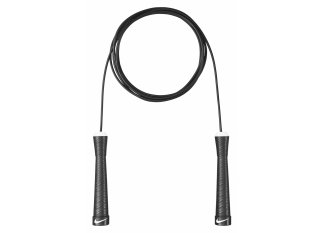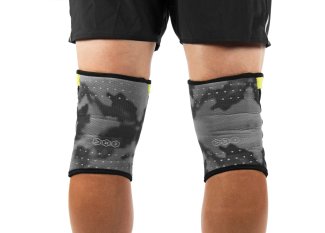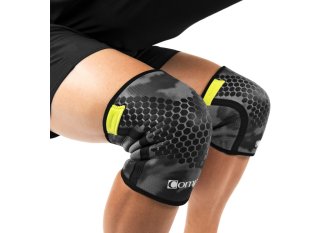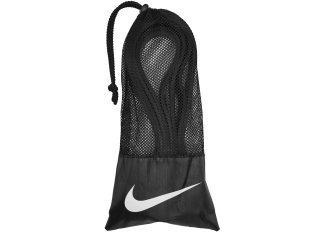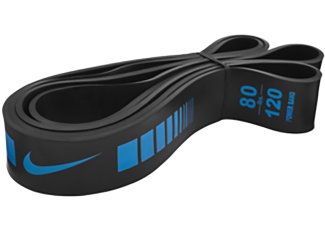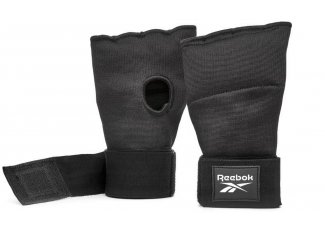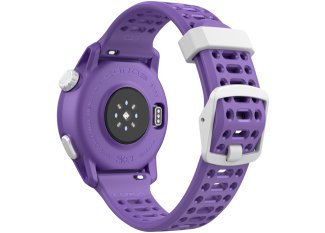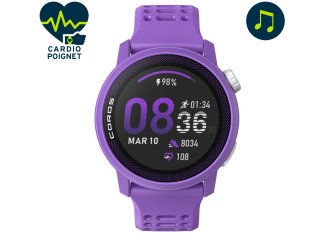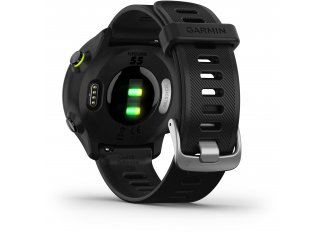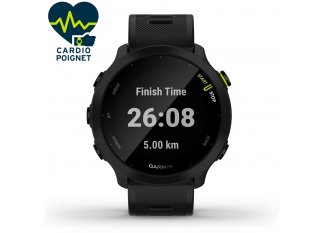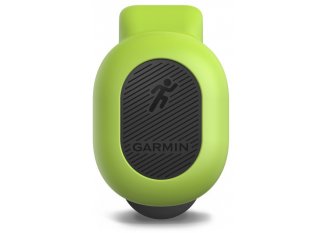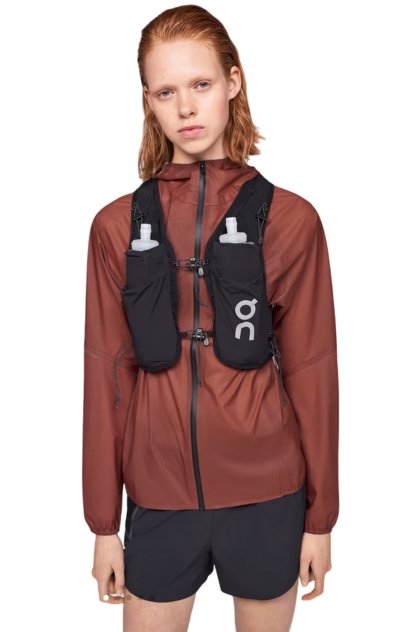6 Tips to start running
Running should be fun. To keep it that way, we've compiled 6 basic rules that show what's important for feeling good in sports and for optimal recovery/preparation.
To integrate running training into your routine, you should listen to your body, respect it, and start with a rhythm that is tailored to you.
1. Prepare your body to the effort: Start with warming up
Our joints, muscles, and tendons need a certain period to adjust to the repeated movements. To prepare the body and get used to the effort, it's very important to warm up properly. Gradual performance enhancement is the key. Also, to avoid injuries.
Increase the training duration and intensity gradually. You can also alternate between running and walking if you feel like its better for you. Running should be enjoyable.
If you want to go faster and build endurance or stamina, you must start slowly. Your body will thank you only if you are doing things the right way.
The right accessories can help you warm up and strengthen your muscles.
2. Breathe Correctly
Breathing from the belly rather than the chest brings more oxygen into the bloodstream and thus into the muscles.
Trust your feeling; if you do not feel comfortable, do it your own way. It's most effective to run most of your units at a basic endurance pace, i.e., at a speed at which you can converse without gasping for air.
Heart rate monitors, such as sports watches or chest straps, are great accessories because they show in real time if you are running at the right pace (between 65 and 75% of your average HR).
At i-Run, you can find a wide range of sports electronics to measure your heart rate from brands like Garmin, Coros, Polar, and Suunto.
Our selection of heart rate monitors
3. Prevent Skin Irritations
No matter the distances you run. Skin irritations disrupt a 5 km run just as much as a 15 km run.
Repeated friction and moisture from sweating can stress your skin. Running clothing is specifically designed to protect sensitive body areas.
Shorts, T-shirts, bras, socks, underwear - the right running gear not only provides sufficient comfort, it is one of the keys to success and progress!
4. Stay Hydrated
The body needs water to regenerate. After training, you should drink plenty, especially when it's warm. Isotonic sports drinks also supply the body with essential nutrients that help the body recover optimally after exertion: sodium, carbohydrates, magnesium, and vitamins. Especially on long outings and trainings, water bottles or other hydration systems should be constant companions.
5. Cool-Down and Recovery After Training
After your running session, it's important for the body to "cool down" to bring the heart rate and temperature back to a normal level. Cool-down and rest phase after sports are often the best part of the training, as the endorphins lift us. Enjoy your recovery, slip into warm clothing, and be proud of your achievement! Specially designed recovery clothing directly influences your progress as it improves your ability to fully and correctly recover.
6. Building Muscles as They Protect the Body
Have you been less active in the past months and want to start running again? No problem! Remember that your muscles need building and strengthening to withstand the stress and delay fatigue. Running stresses the lower body but also the abdominal muscle chain.
The most suitable exercises are lunges and squats for the lower body as well as sit-ups and core training for the abdominal muscles. In medicine, electrostimulators are considered extremely helpful and sensible for muscle building, as electrical impulses optimally stimulate the muscle.


